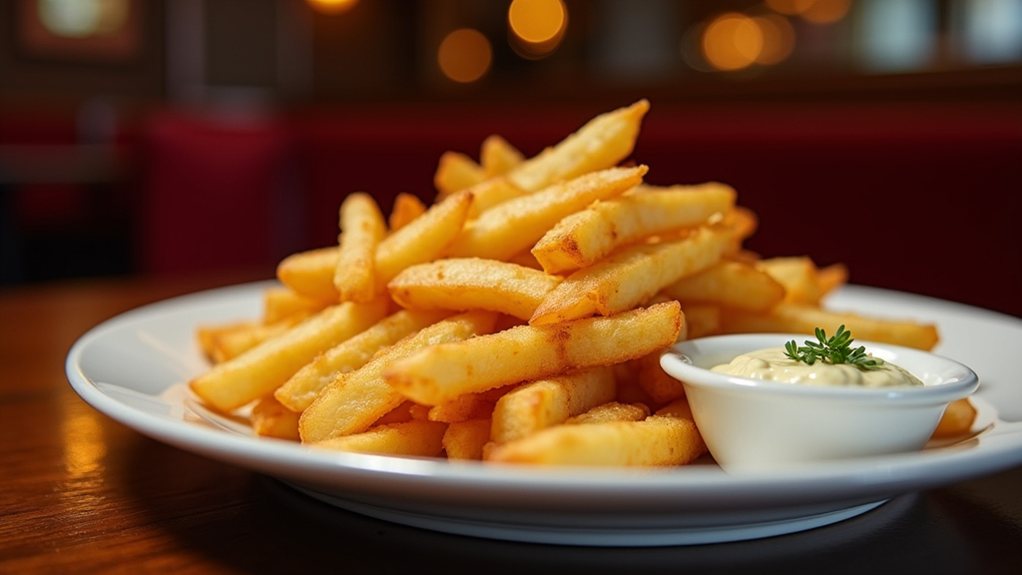Mastering the Art of Pan-Seared Steak
Searing a steak to perfection can elevate your culinary prowess from novice to culinary artist. While grilling often takes the spotlight, pan-searing offers a unique opportunity to create a delectable crust on your meat, infusing it with rich flavors. This guide aims to help you sidestep common pitfalls and becomes a pan-searing pro.
Choose the Right Cut
Selecting the right cut of steak is the foundation of your pan-searing success. Opt for cuts with good marbling such as ribeye, New York strip, or filet mignon. These steaks tend to be more flavorful and tender. When considering your steak, think about not just the flavor but the thickness. A steak that’s at least one inch thick is ideal for a perfect sear while retaining a juicy interior. Always let your steak sit at room temperature for at least 30 minutes before cooking. This simple step helps achieve even cooking throughout.
Heat Matters
The importance of heating your cast iron pan cannot be overstated. Turn your burner to medium-high heat and allow the pan to heat up for several minutes until it’s just about smoking. This is where the magic starts. A properly heated pan is essential for creating that irresistible crust. If your pan isn’t hot enough when the steak hits it, you may end up with a soggy piece of meat rather than that coveted char.
Season Like a Pro
Now that your steak and pan are ready, it’s time to season. Generously sprinkle salt and freshly ground black pepper over both sides of the steak. This creates a flavorful crust. Adding garlic powder or a touch of paprika can also enhance the taste profile, but remember to keep it simple. The natural flavor of the steak should reign supreme.
Sear Each Side
Place your steak in the hot pan and listen for that satisfying sizzle. Searing should take about 3–4 minutes on one side depending on thickness. Resist the temptation to flip too soon. Wait until a caramelized crust forms before you turn it over. Flip your steak using tongs, ensuring not to puncture it, as this allows the juices to escape. Sear for an additional 3-4 minutes for a flawless finish, then start checking for doneness.
Mastering Doneness
The question of doneness is key to achieving your desired result. Use a meat thermometer to check your steak’s internal temperature: 125°F for medium-rare, 135°F for medium, and 150°F for well-done. Keep in mind that the steak will continue to cook slightly after you remove it from the pan. This phenomenon, known as carryover cooking, should guide your timing.
Let It Rest
After timing those precious minutes perfectly, it’s time to show your steak some love. Let it rest for at least five minutes on a cutting board before slicing. This resting period allows the juices to redistribute throughout the meat, preventing them from spilling out when you cut into it. A well-rested steak means juicy bites with every slice.
Plate and Serve
Finally, cut your steak against the grain to ensure maximum tenderness. Arrange it on a plate and, if feeling adventurous, drizzle it with a bit of melted herb butter or a balsamic reduction to take it over the top. Pair it with sides like garlic mashed potatoes or a crisp salad for a complete meal.
With these steps, you’re well on your way to delivering a sensational pan-seared steak that impresses family and friends alike. Happy cooking!









